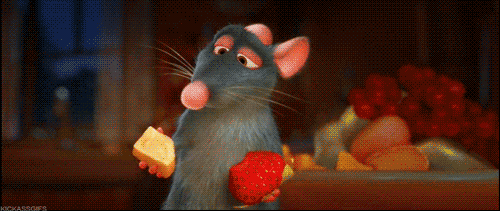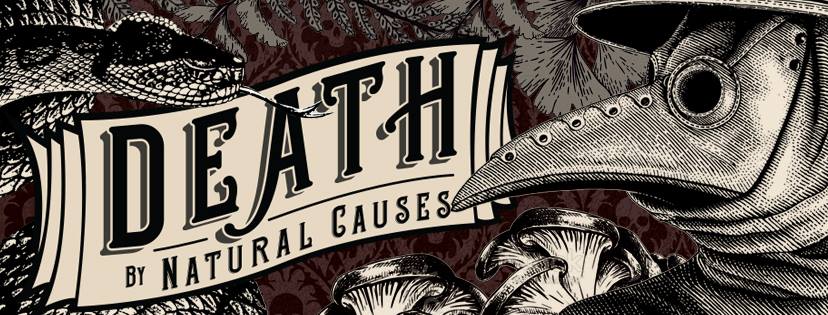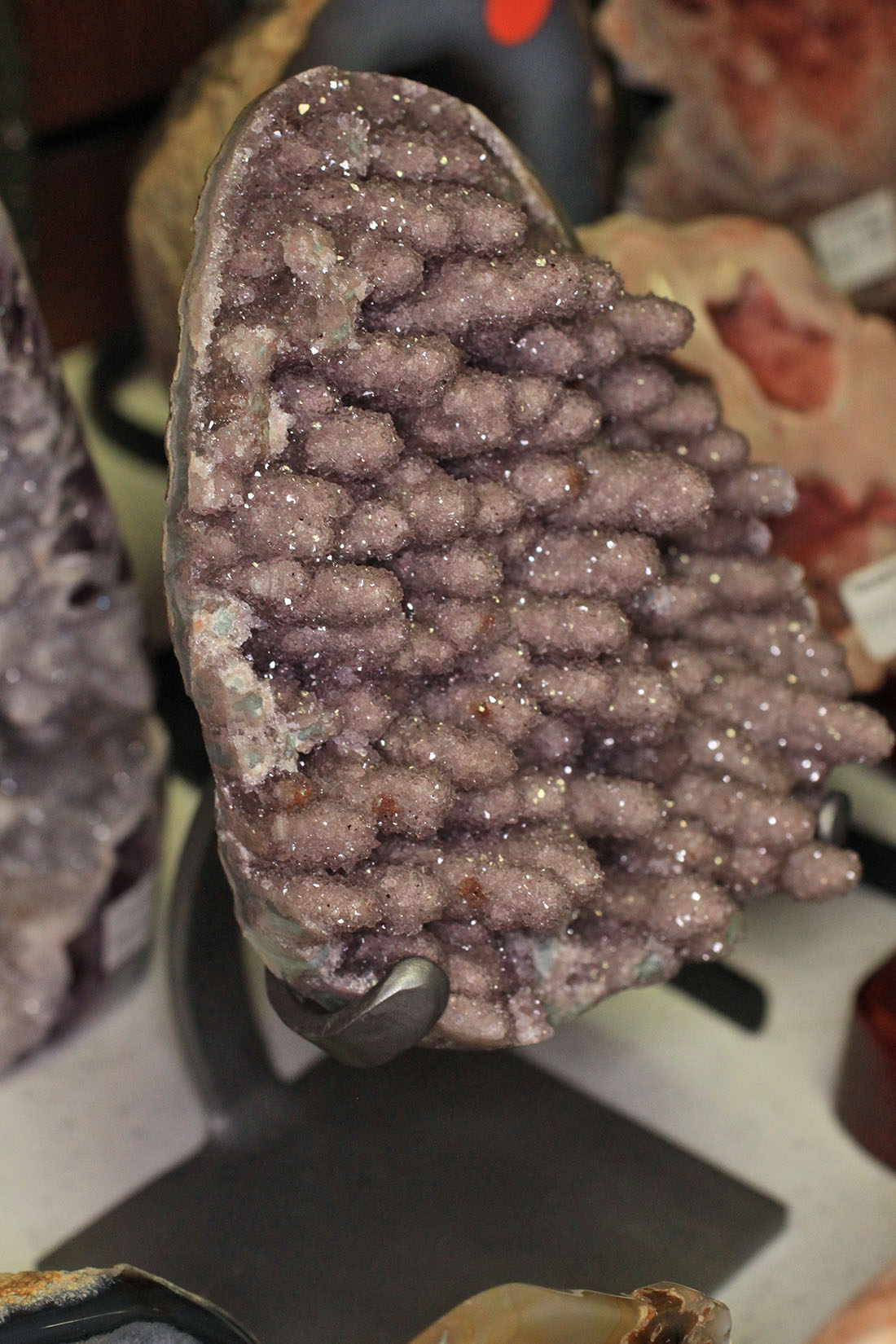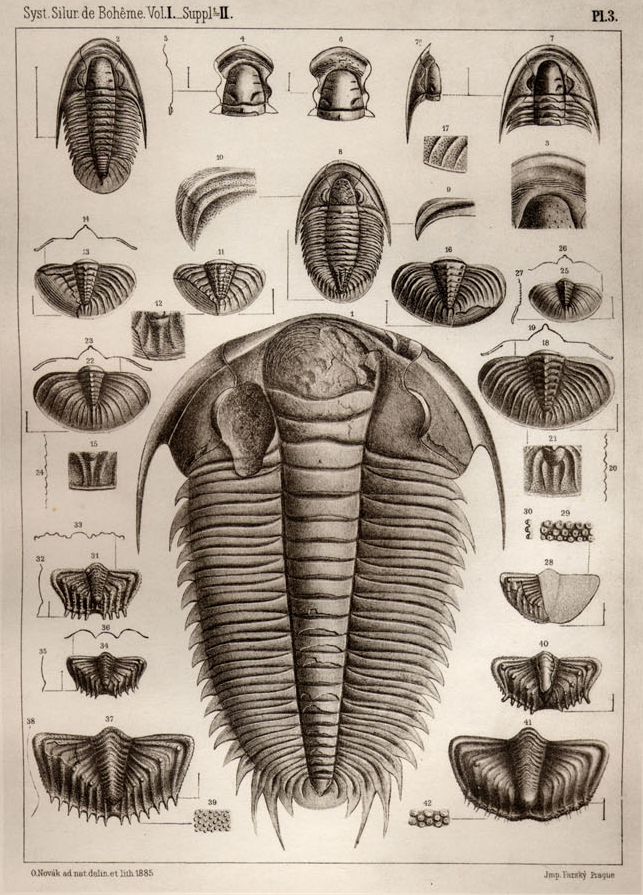
Editor’s Note: In anticipation of our upcoming GEMS (Girls Exploring Math and Science) event on Feb. 8, we interviewed several women who have pursued careers in science, technology, engineering, or math. So far, we’ve interviewed Air Liquide’s Victoria Rockwell and HMNS’ Celeste Poorte.This week, we’re featuring Megan Morrison, a Biological Engineer at Air Liquide.
HMNS: How old were you when you first became interested in science, technology, engineering, and/or math?
Morrison: A child doesn’t have to ask questions about calculus or chemical equations to show interest in STEM topics. It may seem like a silly question to ask, “How hard would I have to jump in the air to never come back down?” but kids are really asking what their escape velocity is –— which is something some engineers and rocket scientists have to think about every day.
I believe I first demonstrated interest when I said my first word. As a child, I was very interested in things that seemed to defy the laws of physics. My first word was “balloon.”
HMNS: Was there a specific person or event that inspired you when you were younger?
Morrison: My middle school math teacher Mr. Fischer coached our MATHCOUNTS team. He inspired our team so much that we practiced before school every day, during lunch, during free period, and after school on Wednesdays. He showed us that hard work paid off, how to understand the strengths and weaknesses of everyone on your team, and how to utilize that understanding to achieve great things.

HMNS: What was your favorite science project when you were in school?
Morrison: My favorite project is a bit biased, because it also got me a pet on the weekends. In 7th grade, we raised two rats — which, being 7th graders at the end of the 90s, we named Jay and Silent Bob. We fed one water and oatmeal, and gave the other not only water and oatmeal, but whole milk, fruits, and vegetables. We watched as one grew much more quickly than the other for a few weeks while learning about nutrition and cellular respiration, or how the body uses food to grow and make energy. Don’t worry, after a few weeks, we fed both of them equally and they led full rat lives.
 HMNS: What is your current job? How does this relate to science, technology, engineering, or math?
HMNS: What is your current job? How does this relate to science, technology, engineering, or math?
Morrison: I work as a biological engineer in Air Liquide’s ALLEX program. This two-year program sends recent college graduates all over the country (and sends some around the world) to experience different jobs in different work environments so that they can be better workers when they graduate from the program.
My company separates the air into basic components and sells purified oxygen, nitrogen, and other gases. Some of these gases are so cold that they are even sold in liquid form. My company has to understand the scientific properties of the substances they sell to be able to manufacture them safely. We use engineering and technology to design the most efficient equipment, and we use math in everything.
 HMNS: What’s the best part of your job?
HMNS: What’s the best part of your job?
Morrison: I am currently working in the cosmetics manufacturing section of business development. So, the best part about my job is that I get to apply scientific concepts to things like the chemical and physical properties of beauty products.
 HMNS: What do you like to do in your spare time?
HMNS: What do you like to do in your spare time?
Morrison: In my spare time, I like to see plays and musicals, golf, and volunteer in my community.
HMNS: What advice would you give to girls interested in pursuing a STEM career?
Morrison: My advice is to get started early. Join math and science teams at school. Do experiments at home. Watch documentaries, ask questions, and use all of the resources you have to get the answers. The most successful people in STEM careers enjoy STEM concepts at home too.
HMNS: Why do you think it’s important for girls to have access to an event like GEMS (Girls Exploring Math and Science)?
Morrison: For society and technology to progress, we must have the best workers in the work force, regardless of their gender. I think it is important to show underrepresented demographics what STEM fields have to offer so that they can lead fulfilling lives and make the world a better place.
Know a girl who’s interested in math and science? Come to GEMS (Girls Exploring Math & Science) on Sat., Feb. 8 from 9 a.m. to 1 p.m. The Museum will be filled with hands-on science and math for everyone to experience. Local professionals will be at the Museum to answer questions about their careers in the fields of science, technology, engineering and math.
The event is free with paid admission to the Museum. Click here for $7 admission to all permanent exhibit halls on Sat., Feb. 8.







